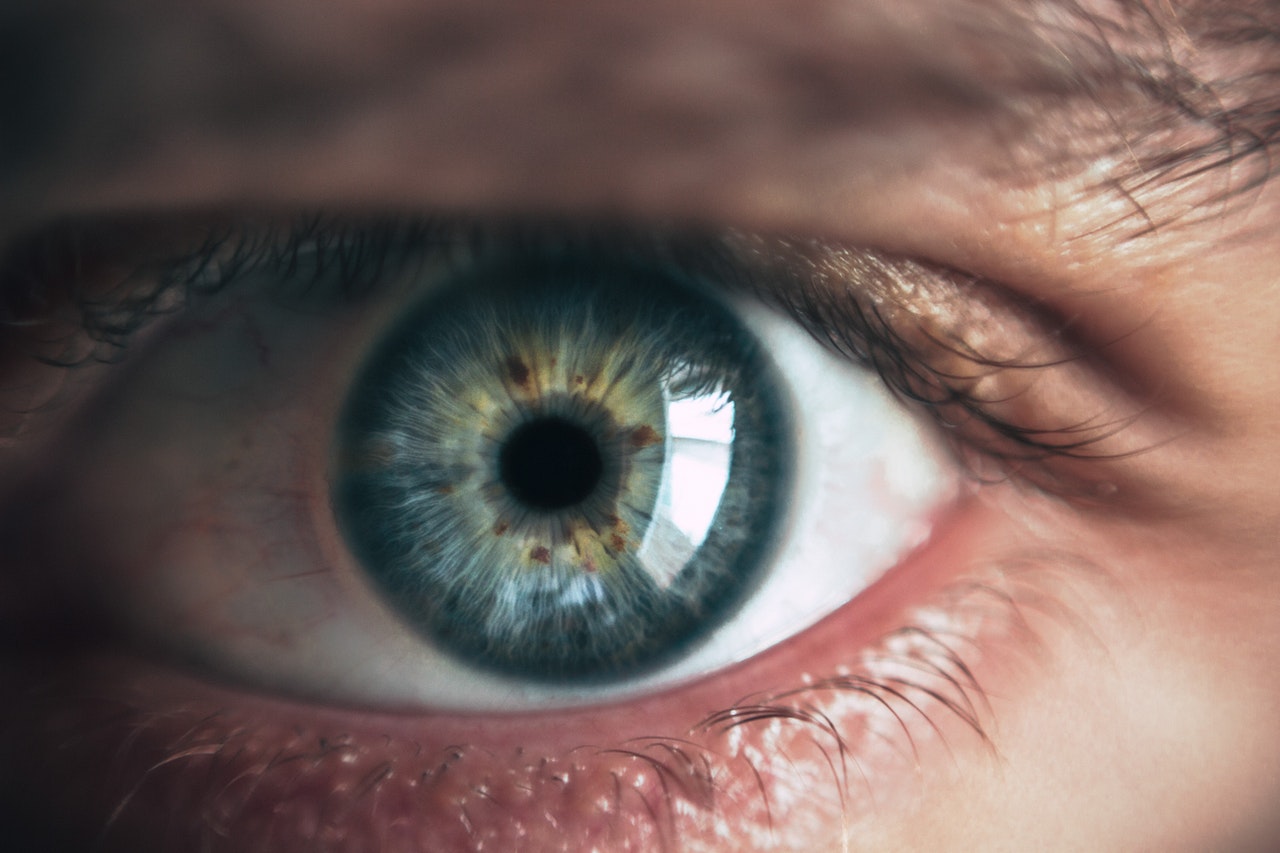‘Hello darkness my old friend, I’ve come to talk with you again…’
Recently I read a post claiming that this Simon and Garfunkel classic was based on a student friend of Garfunkel’s. This friend found himself with deteriorating eyesight, leading to eventual lack of vision.
The story goes that Garfunkel supported his friend, accompanying him around throughout his college experience. It seems that this tale is somewhat apocryphal. However, interestingly, the cause of the sight decline was said to be glaucoma.
You may well know the word, but what is glaucoma?
A definition from Moorfields Eye Hospital reads: Glaucoma is one of the world’s leading causes of blindness. In the UK, about two per cent of the population aged 40 and over have the condition. Glaucoma involves loss of vision due to damage of the optic nerve.
If Art Garfunkel’s friend did indeed develop glaucoma he would have experienced gradual blurring of sight with a narrowing field of vision.
Glaucoma risk factors
The two biggest risk factors are ageing and a family history of glaucoma. People with a direct relation – mother, father, brother or sister – who has developed glaucoma are considered at higher risk.
If that patient is aged over 40 it is recommended they have an eye examination every 12 months. The NHS offers some financial support in acknowledgment of this condition and the basic eye test is free for over 40s with direct family history.

A regular eye test can pick up the presence of glaucoma
There are also advanced techniques such as OCT (Optical Coherance Tomography) which give us information on the thickness of the nerve fibres at the back of the eye. This sophisticated technology is truly a game changer in monitoring the health of the eye and recommended even when glaucoma is not present or suspected.
Sometimes a patient can have glaucoma for 10 years and not know it. Symptoms are not always easy to detect but there are many signs your optometrist can pick up with this technology.
The key to glaucoma management is early diagnosis. It is generally treatable with drops, although in rarer cases other interventions may be necessary.
So next time you find yourself humming along to The Sound of Silence, or indeed belting it out at high volume, consider that maybe it’s time for your own eye appointment.
Sukie Woodhouse
→ Find out more about our eye examinations, including how we use OCT equipment.

